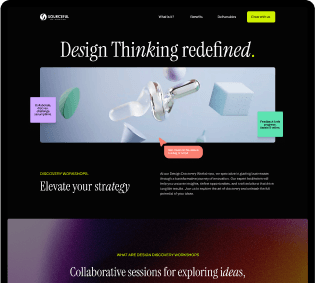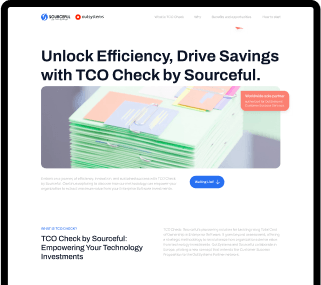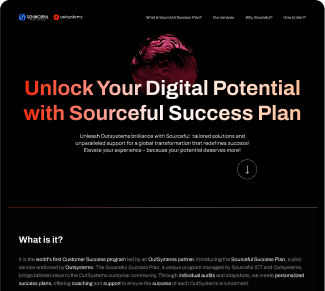

Various Intelligent applications
Business industry
manufacturing, retail
Timeframes
From 2021 onwards
Looking for experts?
About this project
How smart applications can help the brewing conglomerate in the ambition of becoming the best-connected brewery. From contract management to IoT-based predictions and providing people with dashboards to make decisions.
Challenges
Artificial Intelligence is helping the brewing conglomerate stay ahead of the competition.
Features
01
Smart Contract Management
The brewing conglomerate has implemented a smart contract management solution to ensure that every supplier and every customer has a contract in place that reflects the agreed-upon terms.
02
Quality Control and Inventory Management
IoT devices are used to monitor storage conditions and track inventory levels across the brewing conglomerate's distribution network. For example, temperature sensors are deployed in warehouses and refrigeration units to ensure optimal storage conditions for beer. IoT-based inventory management systems provide real-time visibility into stock levels, enabling efficient supply chain management.
03
Smart Dispensing Systems
The brewing conglomerate has developed smart dispensing systems that utilize IoT technology. These systems, commonly found in bars, use connected devices to monitor the amount of beer dispensed, track keg levels, and collect data on consumer preferences. This data helps optimize operations, reduce waste, and improve customer experiences.
04
Connected Coolers
The brewing conglomerate has deployed connected coolers in various retail locations, embedding IoT sensors in the refrigeration units. These sensors monitor temperature, energy consumption, and stock levels, ensuring that the coolers operate efficiently and are stocked with the right products. Data from these devices enables proactive maintenance, helps plan restocking activities, and provides insights for merchandising strategies.
05
Customer Engagement
The brewing conglomerate has explored IoT devices as a means to enhance customer engagement and marketing efforts. For example, the company has incorporated IoT technology into interactive experiences at events and festivals. This includes connected devices that enable personalized interactions, collect customer data, and provide unique experiences through features like smart bracelets or RFID-enabled activations.





